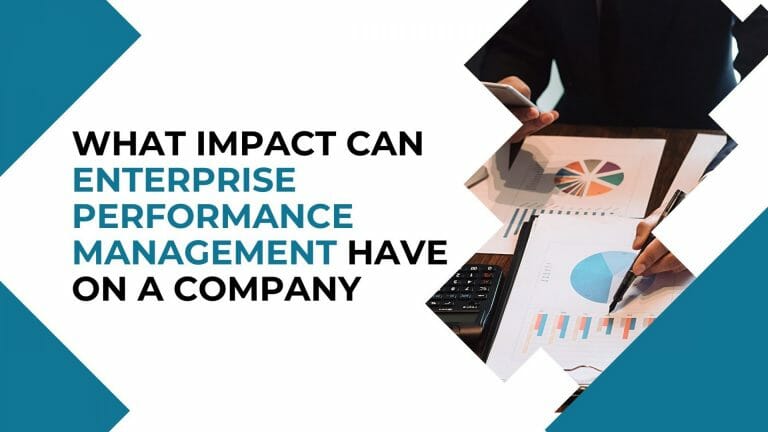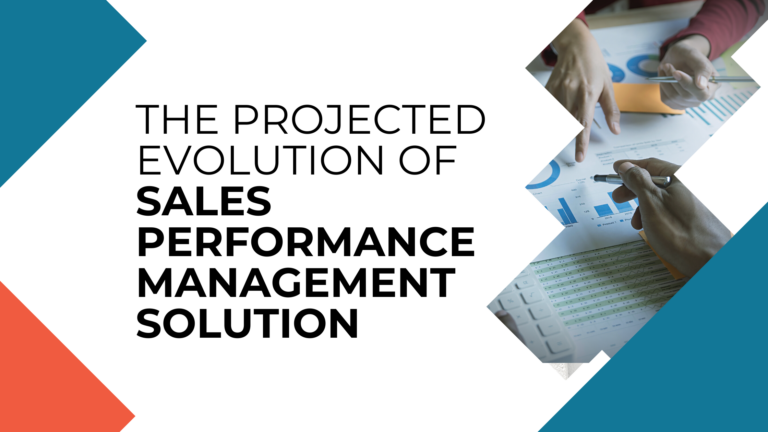Keeping up with the influx of information from various departments can be difficult for a CFO. A finance team requires a single source of truth that provides real-time data and easy-to-read information. Luckily, Enterprise performance management (EPM) enables them to do that.
Enterprise performance management drives collaboration across finance and other departments to help a company link its strategies to its plans and execution. It can be a very useful tool for a CFO because it enables them to take a strategic approach to manage challenges throughout the organization.
Enterprise performance management (EPM) is not new. It started as a manual process and then got replaced by spreadsheets. Spreadsheets do help the finance team to manage reports and budgeting, however, they don’t live up to the expectation due to various discrepancies. Now, spreadsheets have been streamlined further into an automated process that is run on cloud-based applications.
Why Are Spreadsheets Not Suitable For EPM?
Over the years, many accounting professionals have relied on Excel. It is still a reliable tool when used by a bookkeeper who handles a small company’s accounts. However, Excel was not designed to be a collaboration tool that can support a corporate process, nor is it a database that can support multiple users entering and reviewing data at the same time. Therefore, it is a poor choice for larger organizations with finance or accounting departments staffed by many numbers of people who manage multiple divisions and cost centers.
For a large-scale company, it would be reasonable to use an Enterprise Performance Management Solution like Jedox. It offers the flexibility of a spreadsheet and accessibility to data from several departments. All in one location.
All departments within the company get a shared view of all relevant financial and operational data. Decision-makers rely on this data to make critical decisions. Just imagine how powerful and accurate automated information can be for the stakeholders!
What Is An EPM Solution?
An enterprise performance management system’s strength lies in its ability to collect and consolidate data from multiple sources to support key EPM processes such as budgeting, forecasting, financial planning, financial reporting, and modeling.
It assists organizations in increasing efficiency by eliminating or supplementing spreadsheets and improving financial planning and reporting processes via centralized databases, workflow, and process control.
Enterprise performance management cloud solutions enable stakeholders to respond to changes more quickly due to their agile business intelligence. As a result, mid-sized to large businesses have embraced cloud-based EPM solutions over the last decade.
What Is The Difference Between EPM And ERP (Enterprise Resource Planning)
In short, ERP systems focus on transactional processes, whereas EPM systems focus on management processes.
Organizations should think about integrating EPM with their current ERP system because they can complement each other well. Remember that when enterprise performance management is fed data from outside sources, it can be a very powerful tool. Moreover, they collect transactional data from ERP systems and use it to manage business performance. The cloud-based platform analyzes data with the help of business intelligence and provides organizations with a competitive advantage.
What is the difference between enterprise performance management, corporate performance management and business performance management?
While Gartner refers to EPM as “corporate performance management (CPM),” it is also known as “financial performance management (FPM)” and “business performance management (BPM)” elsewhere. Aside from their different names, there is virtually no distinction between enterprise performance management, corporate performance management, business performance management, or any of the other acronyms in use.
How Does Business Intelligence Help EPM?
BI (short for Business Intelligence) is a set of tools or a platform focused on information delivery, designed primarily for IT departments and deployed to line-of-business users for enterprise-wide reporting and analysis.
Most enterprise performance management software these days includes BI, which can aid in accessing streamlined data. It assists managers in packaging and delivering financial, operational, and business performance in the form of formatted financial statements, budget reports, balanced scorecards with KPIs, and dashboards that display graphs and charts.
Future Of Enterprise Performance Management and financial planning

Most organizations recognize the value of EPM and are incorporating it into their process. According to a recent report from Research and Markets, the global enterprise performance management (EPM) market will grow at an 8.4 percent CAGR from 2021 to 2027. This report covered key geographies such as North America, Europe, Asia-Pacific, and the rest of the world.
According to a similar report by Research and Markets, the global market for Enterprise Performance Management (EPM) Software is expected to reach a revised size of US$12.9 Billion by 2027, growing at a CAGR of 10.4 percent between 2020 and 2027.
An increasing number of organizations are shifting away from traditional financial planning and toward tight enterprise-wide business modeling. This is critical for maintaining an accurate picture of an organization’s health and opportunities for transformation



